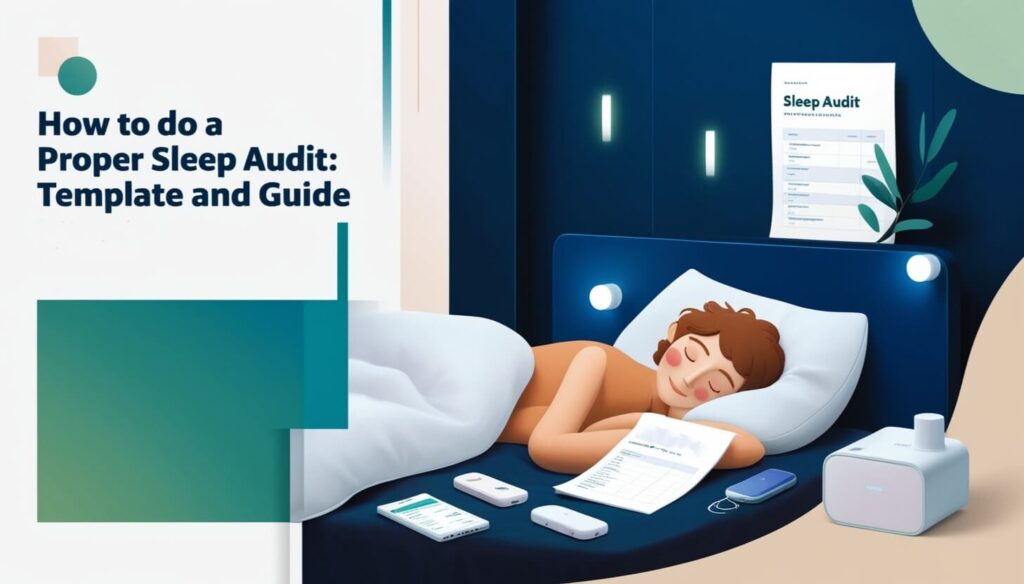
Sleep Audits
A sleep audit represents a comprehensive, systematic evaluation of your sleep patterns, habits, and environment conducted over a specific period. Unlike simple sleep tracking, a proper sleep audit delves deep into all factors that might influence your sleep quality. Through careful documentation and analysis, this process reveals hidden patterns and opportunities for optimization that might otherwise go unnoticed.
The Complete Sleep Audit Process
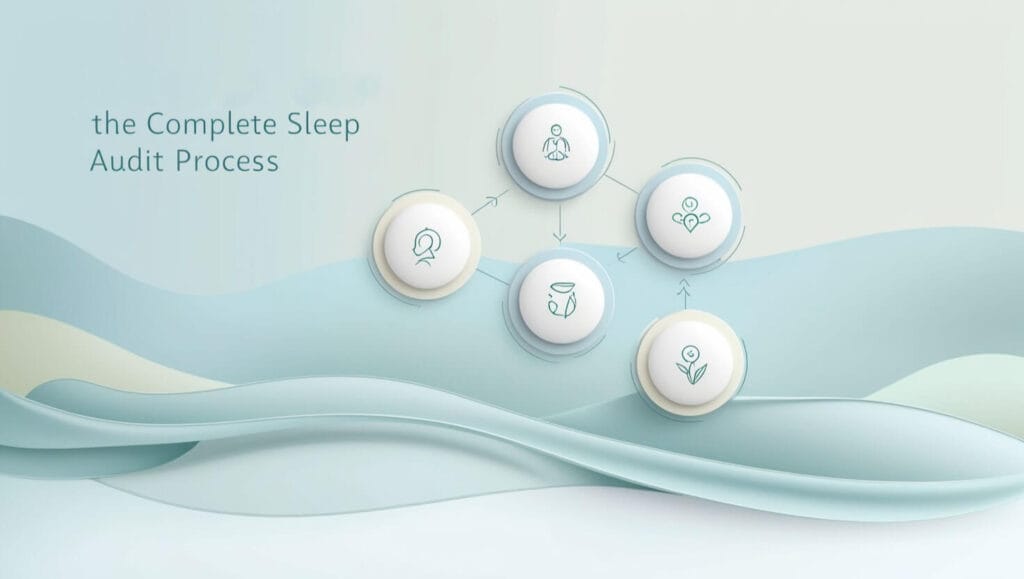
Phase 1: Initial Data Collection
The foundation of an effective sleep audit lies in thorough data collection over a minimum two-week period. This duration allows for the identification of both consistent patterns and variations in sleep quality. The initial phase requires careful attention to detail and commitment to consistent documentation.
Morning documentation forms the first crucial component of your sleep audit. Within 30 minutes of waking, record detailed information about your sleep experience. This includes not just basic metrics like wake time and sleep duration, but also qualitative aspects of your sleep experience. Pay particular attention to your physical and mental state upon waking, as these indicators often reveal important patterns about your sleep quality.
The environmental component of your morning sleep audit should include comprehensive details about your sleep space. Temperature plays a particularly crucial role – even small variations can significantly impact sleep quality. Document both the temperature at bedtime and upon waking, as optimal sleep often requires temperatures between 65-68°F (18-20°C).
Evening documentation forms the second major component of your sleep audit. This section focuses on pre-sleep behaviors and environmental conditions that might influence sleep quality. Pay particular attention to the timing of various activities and their potential impact on sleep. This includes detailed tracking of exercise, meals, work activities, and exposure to different types of light throughout the evening hours.
The wind-down routine deserves special attention in your sleep audit documentation. This period, typically lasting 60-90 minutes before bed, often holds the key to sleep quality improvements. Document not just the activities performed, but also their duration, sequence, and your subjective response to each element of your routine.
Phase 2: Pattern Recognition and Analysis
After collecting a full week of detailed sleep audit data, begin the crucial process of pattern identification. This analysis phase requires careful examination of both obvious and subtle correlations between various factors and sleep quality. Look for connections between environmental conditions, behaviors, and sleep outcomes.
The analysis phase of your sleep audit requires systematic examination of multiple factors that influence sleep quality. Begin by examining your sleep timing patterns across the full week. Look for natural rhythms in your sleep schedule, paying particular attention to how your body responds to different bedtimes and wake times. This analysis often reveals your body’s natural circadian preferences, which might differ from your current sleep schedule.
Temperature patterns deserve special consideration in your sleep audit analysis. Examine how different room temperatures correlate with your sleep quality ratings. Most people discover that their best sleep occurs in slightly cooler environments than they might expect. Document any variations in sleep quality related to temperature changes, including both intentional adjustments and natural fluctuations throughout the night.
Behavioral patterns often reveal surprising connections during the sleep audit analysis. Examine how various daily activities impact your sleep quality. Pay particular attention to exercise timing, meal schedules, and work patterns. Often, activities that seem unrelated to sleep can have significant impacts on sleep quality when examined through the systematic lens of a sleep audit.
Phase 3: Implementation of Changes
Based on the patterns identified in your sleep audit, begin implementing changes systematically. Rather than making multiple adjustments simultaneously, focus on one significant change at a time. This methodical approach allows you to clearly identify which modifications have the most substantial impact on your sleep quality.
Start with environmental adjustments, as these often provide the most immediate improvements in sleep quality. Temperature optimization typically offers quick wins in sleep quality enhancement. If your sleep audit reveals temperature-related sleep disruptions, invest in climate control solutions that maintain optimal sleeping temperatures throughout the night.
Next, address timing-related factors identified in your sleep audit. This might involve adjusting your bedtime to better align with your natural circadian rhythm or modifying your exercise schedule to support better sleep. Remember that consistency in timing often proves more important than the specific hours chosen for sleep and wake times.
Phase 4: Ongoing Monitoring and Adjustment
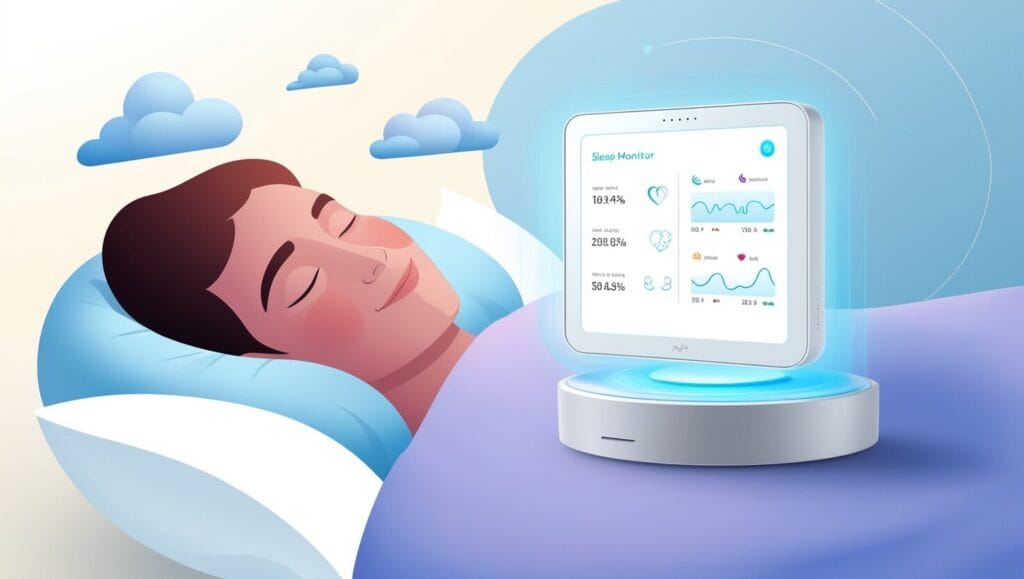
The sleep audit process doesn’t end with initial implementation of changes. Establish a system for ongoing monitoring of sleep quality and periodic re-evaluation of sleep patterns. This continuous assessment helps ensure that improvements remain effective and allows for adjustments as life circumstances change.
Create a simplified version of your initial sleep audit protocol for ongoing monitoring. While the initial sleep audit requires comprehensive documentation, long-term monitoring can focus on key metrics identified as most relevant to your sleep quality. This might include tracking sleep timing, temperature readings, and specific behaviors that your initial audit identified as particularly impactful.
Establish a regular schedule for reviewing your sleep monitoring data. Weekly reviews help identify short-term patterns, while monthly assessments reveal longer-term trends. Pay particular attention to how various life changes impact your sleep quality. Work deadlines, travel, seasonal changes, and other external factors often require adjustments to your sleep optimization strategy.
Phase 5: Seasonal Adjustments to Sleep Protocols
Different seasons present unique challenges for sleep quality, requiring specific adjustments identified through your sleep audit. Winter months often necessitate modifications to both temperature regulation and light exposure patterns. The earlier sunset in winter might require adjustments to your evening routine timing, while colder temperatures might demand changes to your bedding and room heating strategy.
Summer brings its own set of challenges for sleep optimization. Longer daylight hours can interfere with your body’s natural melatonin production, while warmer temperatures might disrupt sleep quality. Your ongoing sleep audit monitoring should track these seasonal variations and guide appropriate adjustments to your sleep environment and routines.
Phase 6: Special Circumstances and Travel Considerations
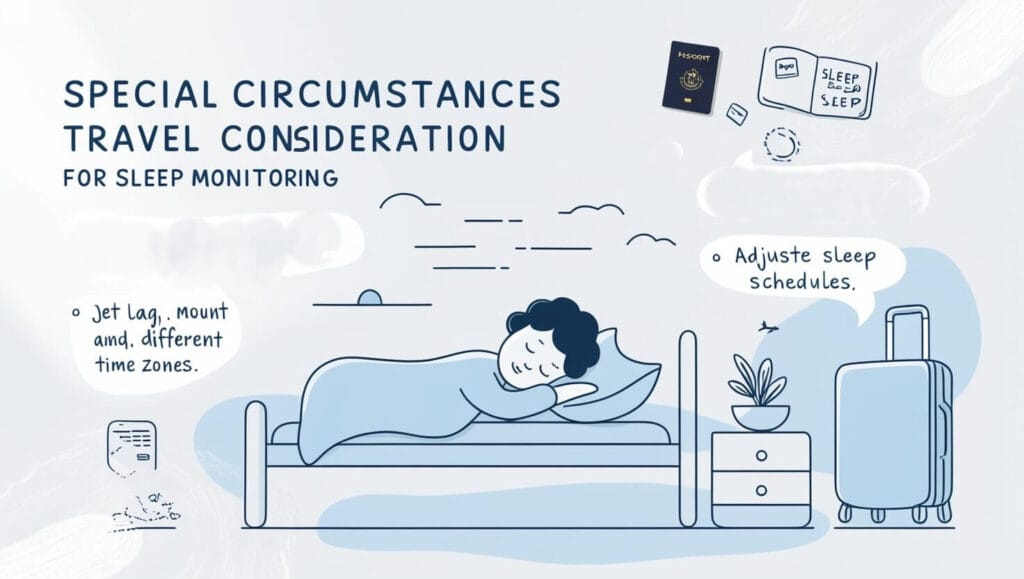
Your sleep audit should include protocols for managing sleep during special circumstances such as travel, illness, or unusual work requirements. Develop specific strategies for maintaining sleep quality during these disruptions, based on the insights gained from your comprehensive sleep audit.
Travel across time zones requires particular attention in your sleep audit planning. Document how different travel scenarios impact your sleep quality and develop specific strategies for minimizing jet lag and sleep disruption. This might include adjusting your sleep schedule gradually before travel and establishing clear protocols for sleep timing in new time zones.
Phase 7: Long-term Success Strategies
The ultimate goal of your sleep audit is to establish sustainable, long-term improvements in sleep quality. This requires developing flexible strategies that can adapt to changing life circumstances while maintaining core principles of good sleep hygiene.
Long-term success with sleep optimization requires regular evaluation and adjustment of your sleep audit findings. Create a quarterly review schedule to assess the effectiveness of your sleep strategies and identify any areas requiring modification. This regular assessment helps ensure that your sleep optimization efforts continue to yield positive results even as life circumstances change.
Develop specific metrics for measuring long-term success beyond basic sleep quality ratings. These might include tracking daytime energy levels, cognitive performance, emotional resilience, and physical recovery rates. The comprehensive nature of these measurements provides a more complete picture of how improved sleep impacts your overall well-being.
Phase 8: Technology Integration in Sleep Auditing

While the foundation of a sleep audit relies on personal observation and documentation, technology can provide valuable additional insights. Modern sleep tracking devices can offer objective data about sleep cycles, movement patterns, and physiological markers during sleep. However, this technology should supplement, not replace, the fundamental sleep audit process.
When incorporating technology into your sleep audit, focus on tools that provide actionable insights rather than just raw data. Look for devices and applications that track relevant metrics identified in your initial sleep audit as particularly important for your sleep quality. This might include temperature monitoring, noise level tracking, or detailed movement analysis during sleep.
Phase 9: Building a Comprehensive Sleep Support System
The insights gained from your sleep audit should inform the development of a robust sleep support system. This includes establishing proper environmental controls, developing consistent routines, and creating backup plans for managing sleep disruptions. Your sleep support system should be flexible enough to adapt to changing circumstances while maintaining core principles identified through your sleep audit.
Sleep Audit Template
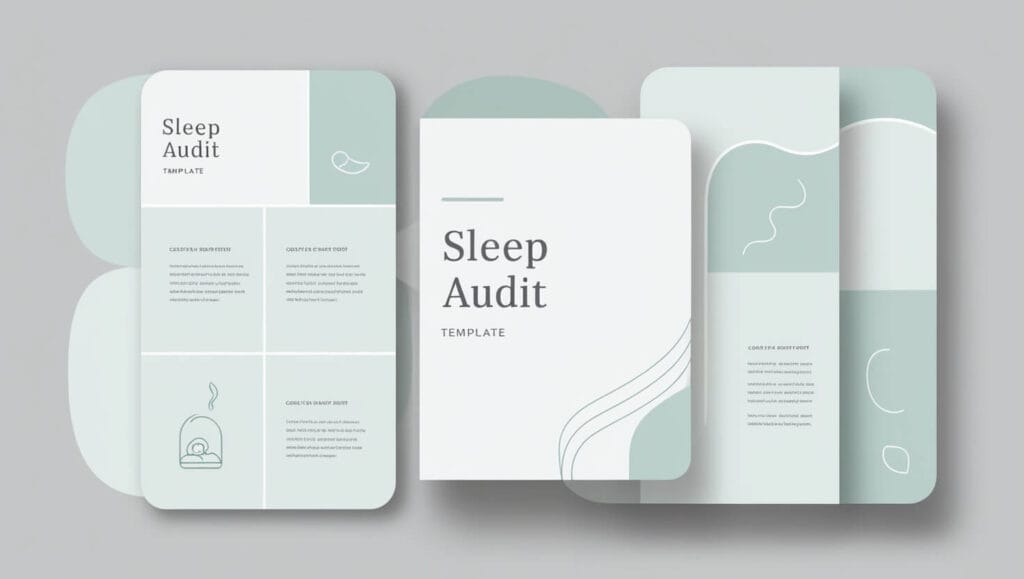
Daily Sleep Log Template
Date: _____________
Morning Records
Time of Sleep: ___________ Wake Time: _____________ Total Hours: ____________
Sleep Quality Rating (1-10): _____
Environmental Factors
Room Temperature: ______°F/°C Noise Level (1-10): _____ Light Level (1-10): _____ Bed Comfort (1-10): _____
Previous Day Activities
Last Meal Time: _________ Exercise Time: __________ Last Caffeine: __________ Screen Time End: ________
Notes
Night Wakings: _________ Dreams: ______________ Morning Energy (1-10): ____ Physical Comfort (1-10): ____
Weekly Analysis Template
Week of: ____________
Sleep Patterns
Average Sleep Time: _______ Average Wake Time: _______ Total Sleep Hours: ________ Sleep Quality Average: _____
Pattern Analysis
Best Sleep Night: _________ Worst Sleep Night: ________ Common Disruptions: ______
Action Items
Things to Continue: _______ Things to Change: ________ New Strategies to Try: _____
Monthly Review Template
Month: _____________
Overall Sleep Metrics
Average Sleep Score: ______ Most Effective Strategies: ___ Biggest Challenges: _______
Environmental Factors
Best Room Temperature: ____ Optimal Light Levels: ______ Most Effective Routines: ____
Next Month’s Goals
Sleep Quality Target: ______ Specific Changes: ________ New Habits to Form: ______
Advanced Sleep Audit Customization
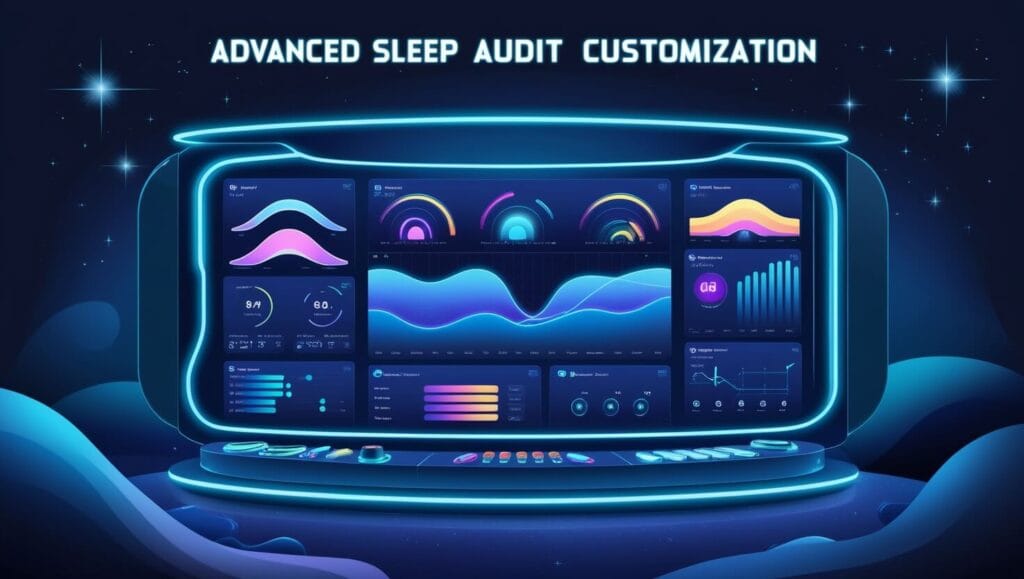
Professional Performance Optimization
Athletes and high-performance professionals require specialized considerations in their sleep audit process. Focus particular attention on the relationship between training intensity, recovery periods, and sleep quality. Document pre-competition anxiety effects on sleep and develop specific protocols for managing sleep during crucial performance periods.
Monitor the impact of different training schedules on sleep quality. Early morning training sessions might require adjustments to evening routines, while late-day workouts could necessitate specific cool-down protocols to prepare for quality sleep. Your sleep audit should track these relationships carefully to optimize both performance and recovery.
Sleep Audit for Shift Workers
Shift workers face unique challenges that require specialized sleep audit protocols. Track sleep quality during different shift patterns and document the effectiveness of various adaptation strategies. Pay particular attention to light exposure timing, meal scheduling, and social activity planning around irregular work hours.
Develop specific sleep audit metrics for measuring adaptation to new shift patterns. This includes tracking both immediate sleep quality and longer-term health markers. Document strategies that prove particularly effective for maintaining sleep quality despite irregular schedules.
Family Integration and Sleep Optimization
Families with young children or multiple family members require special consideration in the sleep audit process. Track how different family members’ schedules impact overall sleep quality and develop strategies for managing multiple sleep schedules within the same household.
Document the effectiveness of various family sleep optimization strategies, such as:
- Coordinated bedtime routines
- Management of shared sleep spaces
- Strategies for handling nighttime interruptions
- Solutions for different age-related sleep needs
- Approaches to weekend schedule variations
Environmental Adaptations for Urban Living
City dwellers often face unique sleep challenges that require specific attention in their sleep audit. Track the impact of urban noise patterns, light pollution, and environmental disruptions on sleep quality. Document the effectiveness of various solutions such as sound masking, blackout solutions, and air quality management strategies.
Pay particular attention to the timing of urban-specific disruptions and develop targeted solutions for maintaining sleep quality despite environmental challenges. This might include tracking the effectiveness of different types of noise cancellation, air purification systems, or light blocking methods.
Recovery-Focused Sleep Strategies
Develop specific sleep audit protocols for periods of increased stress or physical demands. Track how different recovery strategies impact sleep quality and overall restoration. This includes documenting the effectiveness of various relaxation techniques, recovery tools, and stress management approaches.
Remember that sleep serves as a crucial component of both physical and mental recovery. Your sleep audit should track markers of both physical restoration and cognitive recovery to ensure comprehensive sleep optimization.
These additional considerations help create a more complete and personalized sleep audit process, addressing specific lifestyle factors and environmental challenges that might impact sleep quality.
Mental Health and Sleep Audit Integration
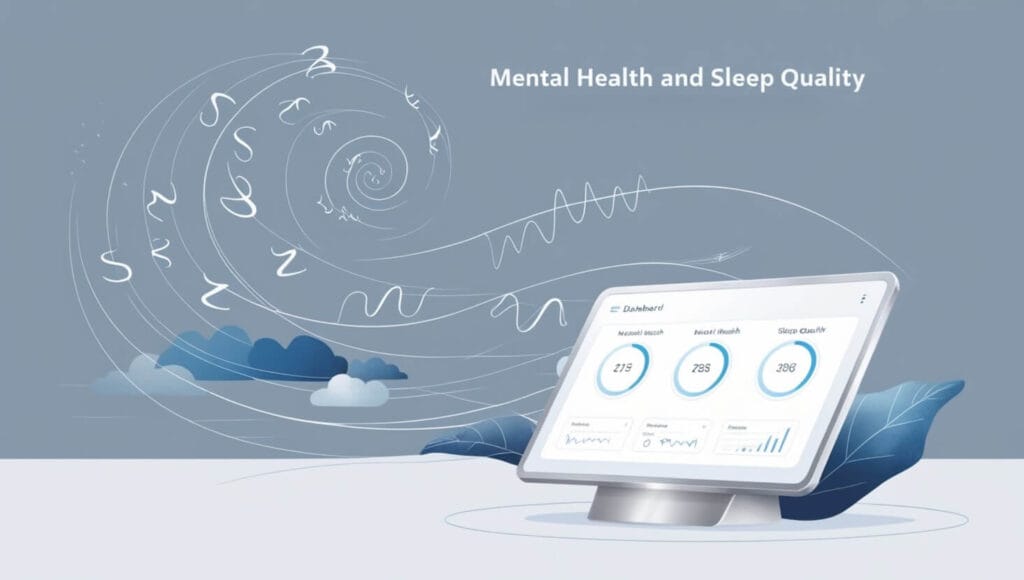
Understanding the relationship between mental health and sleep quality requires specific attention in your sleep audit process. Track not just sleep patterns but also mood variations, anxiety levels, and stress responses throughout the day. This comprehensive approach helps identify how emotional states impact sleep quality and vice versa.
Stress Response Patterns
Develop detailed tracking methods for identifying how different types of stress affect your sleep. Include documentation of:
Daily Stress Patterns: Document how various forms of stress manifest in your sleep patterns. Work-related stress might affect sleep differently than personal stress, and your sleep audit should capture these nuances. Track both immediate sleep impacts and delayed stress responses that might affect sleep quality days later.
Pay particular attention to how stress accumulation throughout the week affects weekend sleep patterns. Many people experience significant variations in sleep quality between workdays and weekends, often related to accumulated stress rather than just schedule changes.
Sleep Debt Management
Understanding and managing sleep debt becomes crucial for long-term sleep optimization. Your sleep audit should include specific metrics for tracking sleep debt accumulation and recovery. Document how different recovery strategies affect your ability to “repay” sleep debt effectively.
Monitor both short-term and long-term sleep debt patterns. While occasional sleep loss might be unavoidable, understanding how to manage and recover from these periods can significantly impact overall well-being.
Nutritional Impact Assessment
The relationship between nutrition and sleep quality deserves specific attention in your sleep audit. Track not just what you eat but also how different nutritional patterns affect your sleep quality over time. Include detailed documentation of:
- Meal timing effects on sleep
- Impact of different macronutrient ratios
- Hydration patterns and sleep quality
- Supplement effectiveness
- Food sensitivities and sleep disruption
This nutritional data helps identify optimal eating patterns for supporting quality sleep and recovery.
Making Your Sleep Audit Work for You
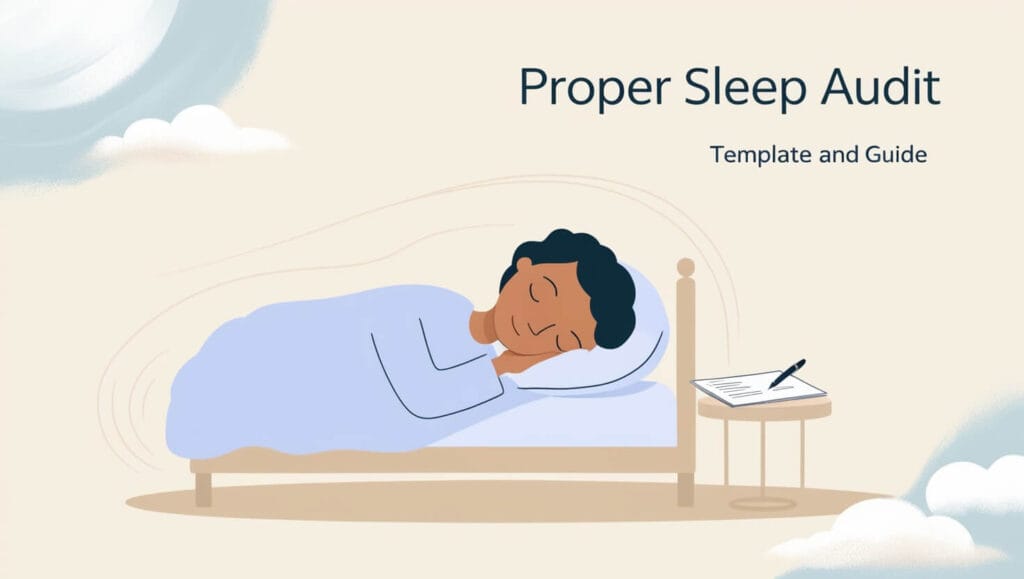
A successful sleep audit requires commitment to thorough documentation and analysis, but the benefits far outweigh the initial investment of time and effort. Use the insights gained from your sleep audit to create a personalized sleep optimization strategy that supports your overall health and well-being.
Remember that sleep patterns and needs can change over time, making regular sleep audits valuable tools for maintaining optimal sleep quality. Schedule periodic comprehensive sleep audits to ensure your sleep strategies continue to serve your changing needs and circumstances.


